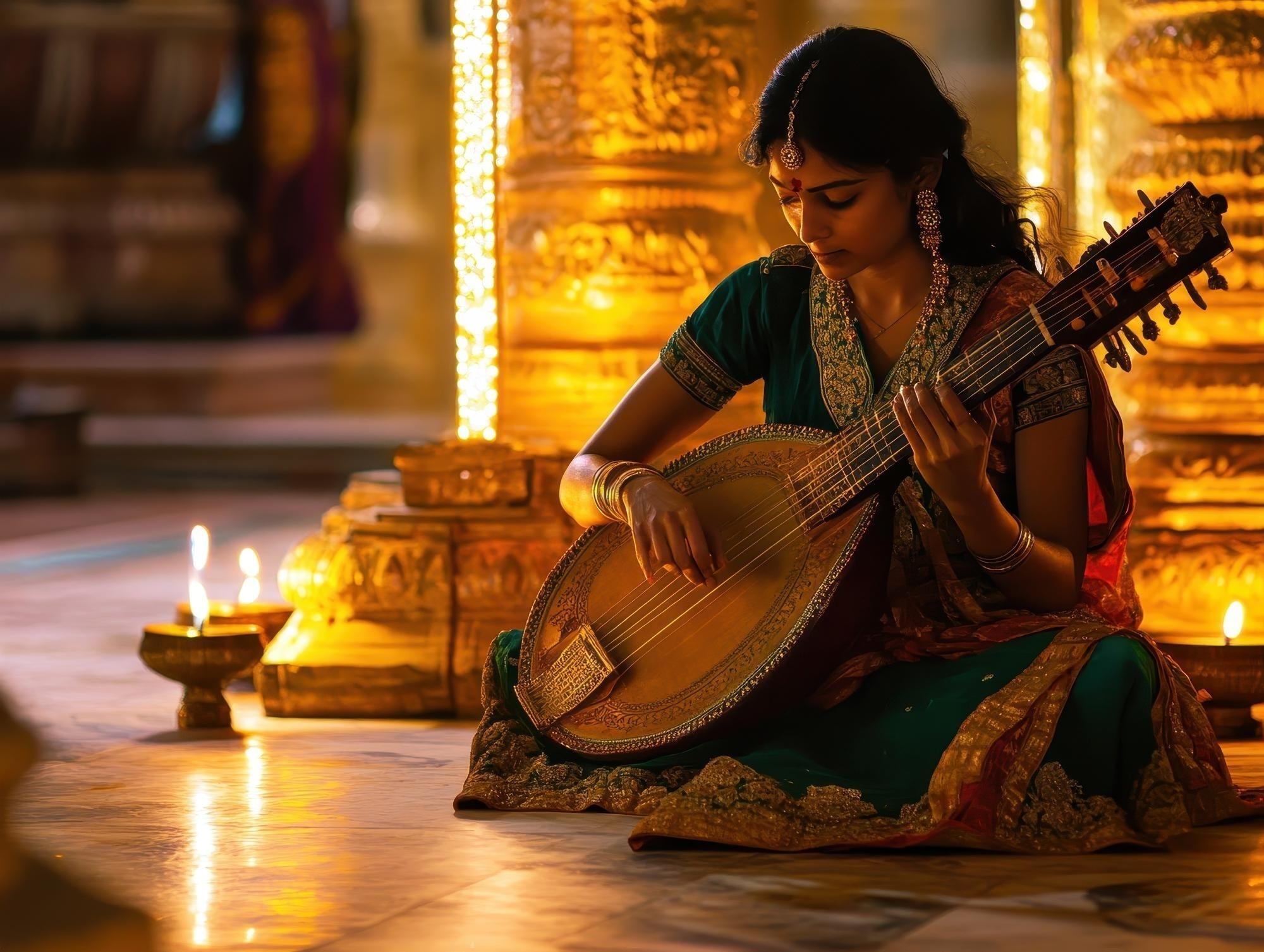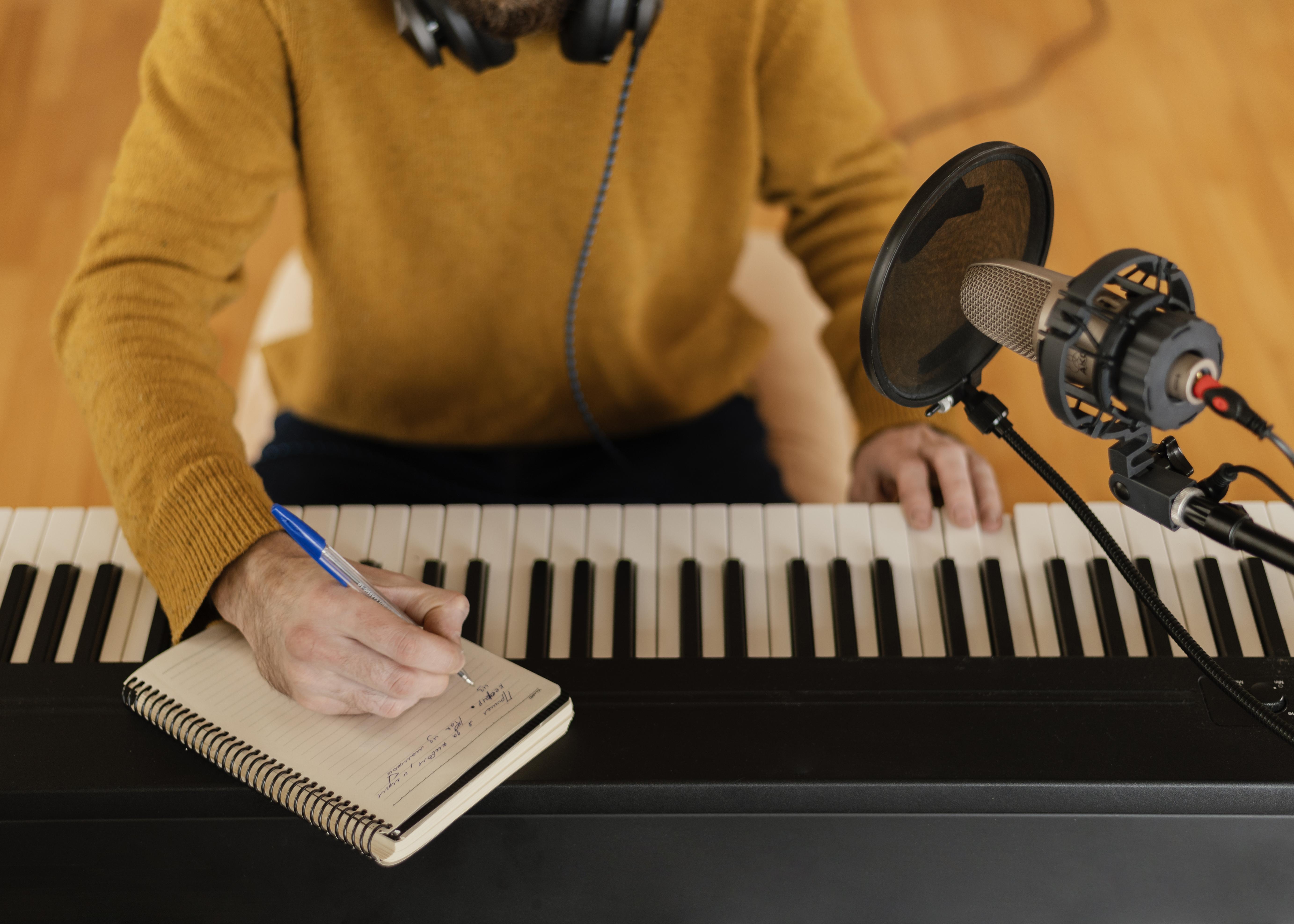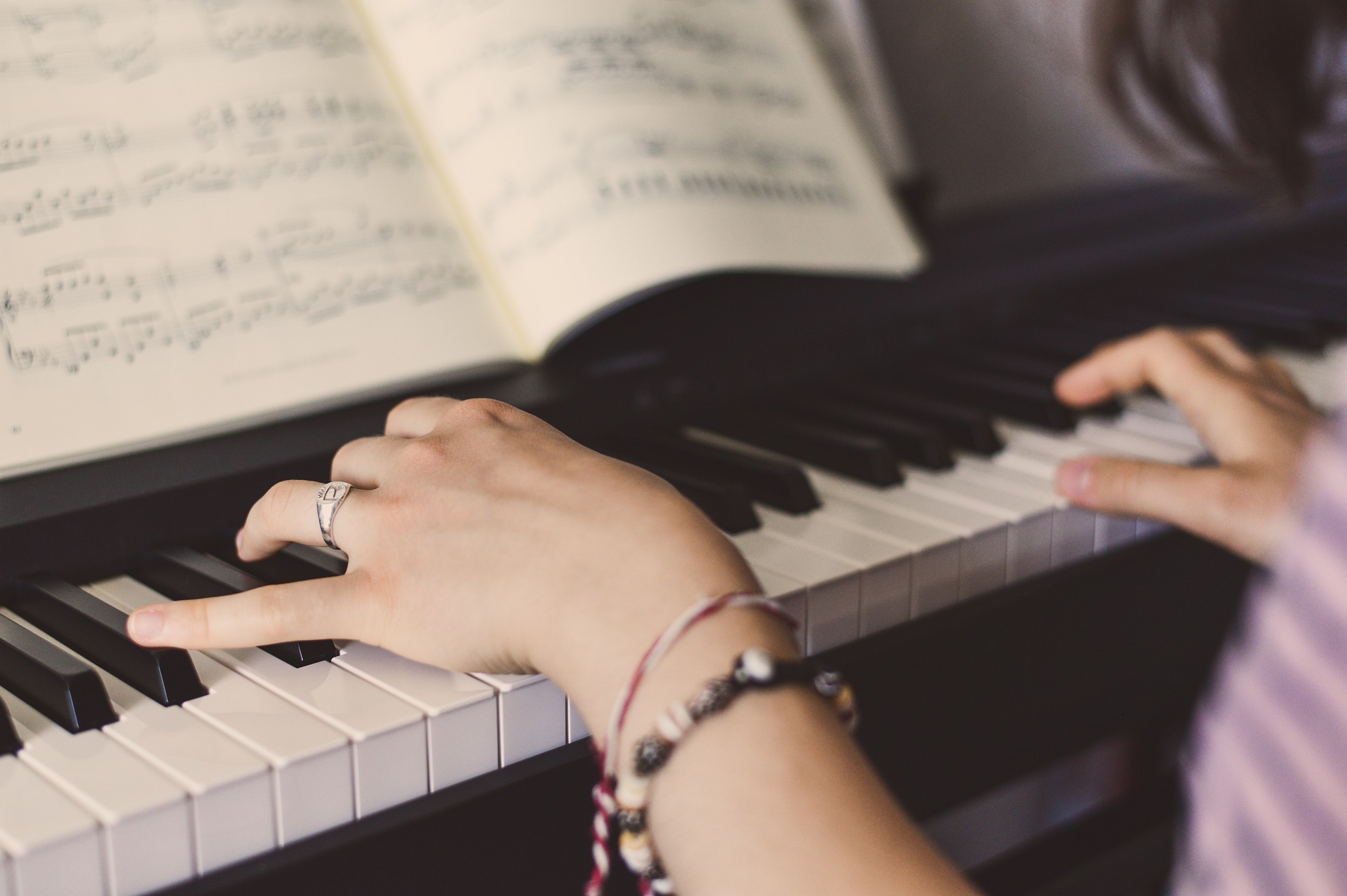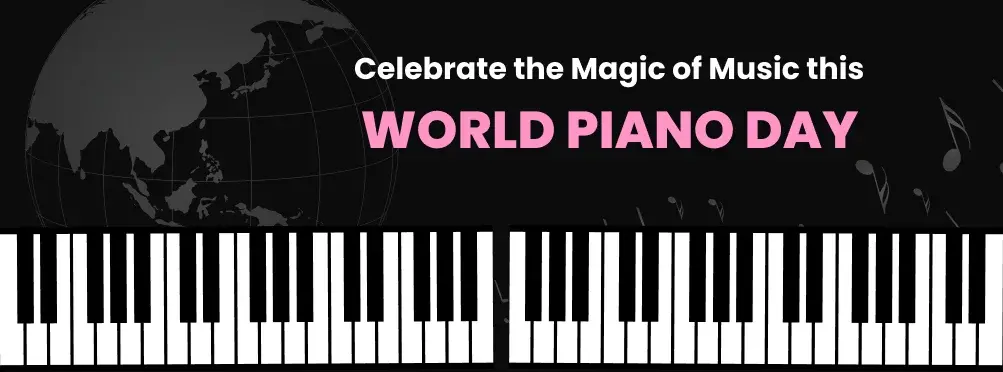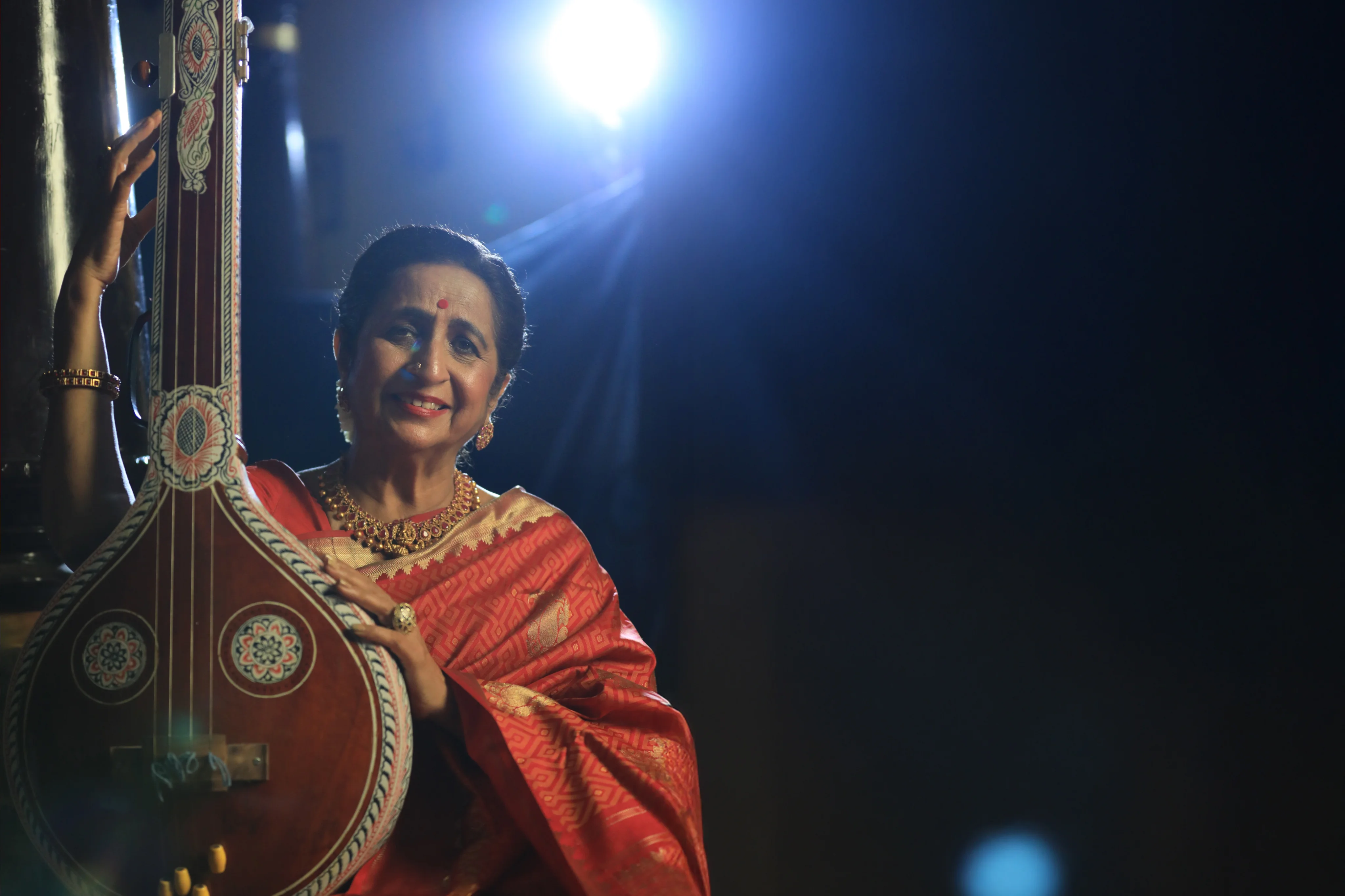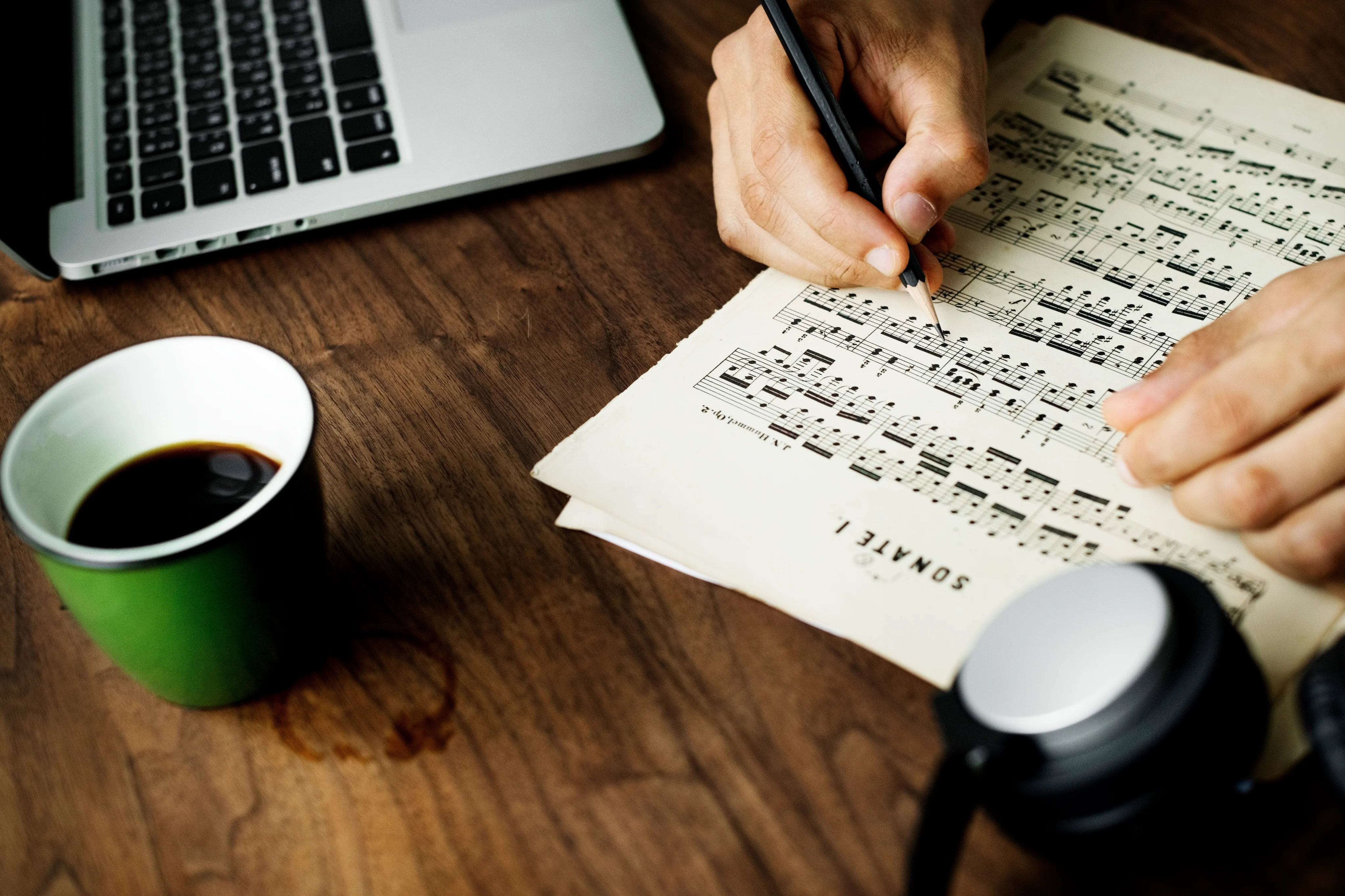Introduction to Fundamentals
Indian classical music is a rich and intricate form that has exponentially evolved over centuries. Before diving into the ragas and talas in this blog, it is essential to understand the traditions of Indian classical music lessons, namely:
Hindustani (North Indian) and Carnatic (South Indian) music
Each genre has unique characteristics while simultaneously sharing the same foundations of theory and practical knowledge. Let’s dive in to know more.
Indian Classical Music Lessons: Basic Vocal or Instrumental Exercises
It is imperative to practise exercises to see quick progress and exponential results consistently. For instance, vocalists must begin with ‘sa, re, ga, ma, pa’ exercises that are known to build vocal strength. On the other hand, instrumental exercises are tailored to their specific instruments, such as the sitar, tabla or violin.
Regular riyaaz or practice of techniques of gamaks or ornamentations and meend, which is gliding between the notes is essential at this stage.
Additionally, vocal exercises involving aalaps or improvisation techniques and taans or fast-paced melodic phrases enhance spontaneity and expression exponentially.
Indian Classical Music Lessons: Alankaras and Speed Variations
Once you’ve gained confidence in mastering the above exercises, you can start with alankaras or rhythmic patterns that in actuality form a bridge between certain technical exercises and expressive nuances found in ragas. Alankaras typically consist of a combination of notes, sung or played in various rhythmic cycles.
The next stop is laya or speed variations which is key when taking online music lessons. You can start with vilambit or a slow tempo for precision, then progress to madhya or a medium tempo for fluidity and drut or a fast tempo for advanced skills.
Speed variations such as dugun or double speed and chaugun or quadruple speed in tala or rhythmic cycles enhance the complexity and act as a good challenge to overcome. Mastering these speeds will help with control, expression and technical proficiency.
Indian Classical Music Lessons: Introduction to Ragas and Talas
Once you’ve gained a solid foundation in alankaras and exercises, you’ll now be able to explore other core elements of Indian classical music such as ragas and talas. To give you context, raga is a melodic framework that evokes a sense of emotions, whereas talas are a rhythmic cycle that gives the music a structure.
The basics of ragas include yaman and bhairav, each with its own distinct set of notes and emotional characteristics. Typically, you can play or sing the raga’s aalap, which is the slow and free exploration of the raga; the raga’s jor, which is essentially an introduction to the rhythm and jhala, which is fast-paced playing. If followed, this progressive approach will allow you to internalise the essence of the raga, making your performances and your online music lessons more expressive and emotive.
The basics and importance of talas are integral in maintaining the rhythm of performances. Understanding certain common talas such as teentaal or 16 beats and dadra or 6 beats is essential, as it’ll help you synchronise your melodic and emotive phrases with rhythmic patterns.
Indian Classical Music Lessons: Learning and Practising Compositions
Once a solid foundation of ragas and talas is built, you’ll be able to move to the next level of learning and practising compositions known as ‘bandishes’ in Hindustani classical music and ‘kriti’ in Carnatic classical music. These are structured pieces of music that incorporate learnings taught in previous lessons.
It is also recommended that you add your unique flair when making music while also adhering to the traditional framework. You can also indulge in group performances where you can collaborate with fellow musicians and observe, adapt and learn.
This also fosters a sense of community but also teaches the importance of a group setting, one which is a hallmark of Indian classical music. Check out this article “Types of Compositions in Indian Classical Music” to learn more about the types of compositions you can practise when taking online music lessons.
Indian Classical Music Lessons: Playing Indian Classical Music on Various Instruments
Indian classical music can be played on a variety of instruments that add to the existing sounds and rhythms. For instance:
- Sitar – is ideal for ragas owing to its distinctive sound.
- Tabla – provides rhythmic support.
- Bansuri – a bamboo flute known for its soulful tunes.
- Sarod – is a fretless string instrument that offers deep and resonant tones.
- Harmonium – a keyboard instrument commonly used for accompaniment in vocals.
Advanced Indian Classical Music Lessons
Taking advanced online music lessons deepens your understanding of complex ragas and learning to creatively improvise within a raga and explore freedom within the structure. Additionally, you’ll also be able to understand and perform advanced ‘taals’ such as Jathpal and Rupak with precision. At course completion, you’ll also be able to master traditional compositions and craft your own within a raga framework.
Performance and Presentation Skills for Indian Classical Music Lessons
Performing Indian classical music is not limited to skills but is also about presentations. Once you find a music guru, you’ll learn that stage presence is one of those factors where one has to learn how to interact with the audience, hold a confident posture and maintain eye contact. Pacing is required as well wherein balancing between slow, meditative aalap (intro), fast, dynamic jod (middle) and jhala (climax) to build the audience’s interest. Another aspect is expressing the bhava (mood) of the raga through body language and facial expressions. Last but not least, work harmoniously with accompanists, such as a tabla player or a harmonium for a balanced and enriching performance.
Conclusion
Embarking on the journey of Indian classical music is an enriching experience that is filled with creativity, discipline and cultural appreciation. The basic structure of lessons, from understanding the fundamentals to mastering compositions, provides a clear path for learners at all levels of their journey. We, at Artium Academy, build upon the last, enabling students to develop their unique musical voices while respecting the traditions of this profound art form.
Book a free trial with us and explore learning more about Indian classic music— the 8th wonder of the world!

